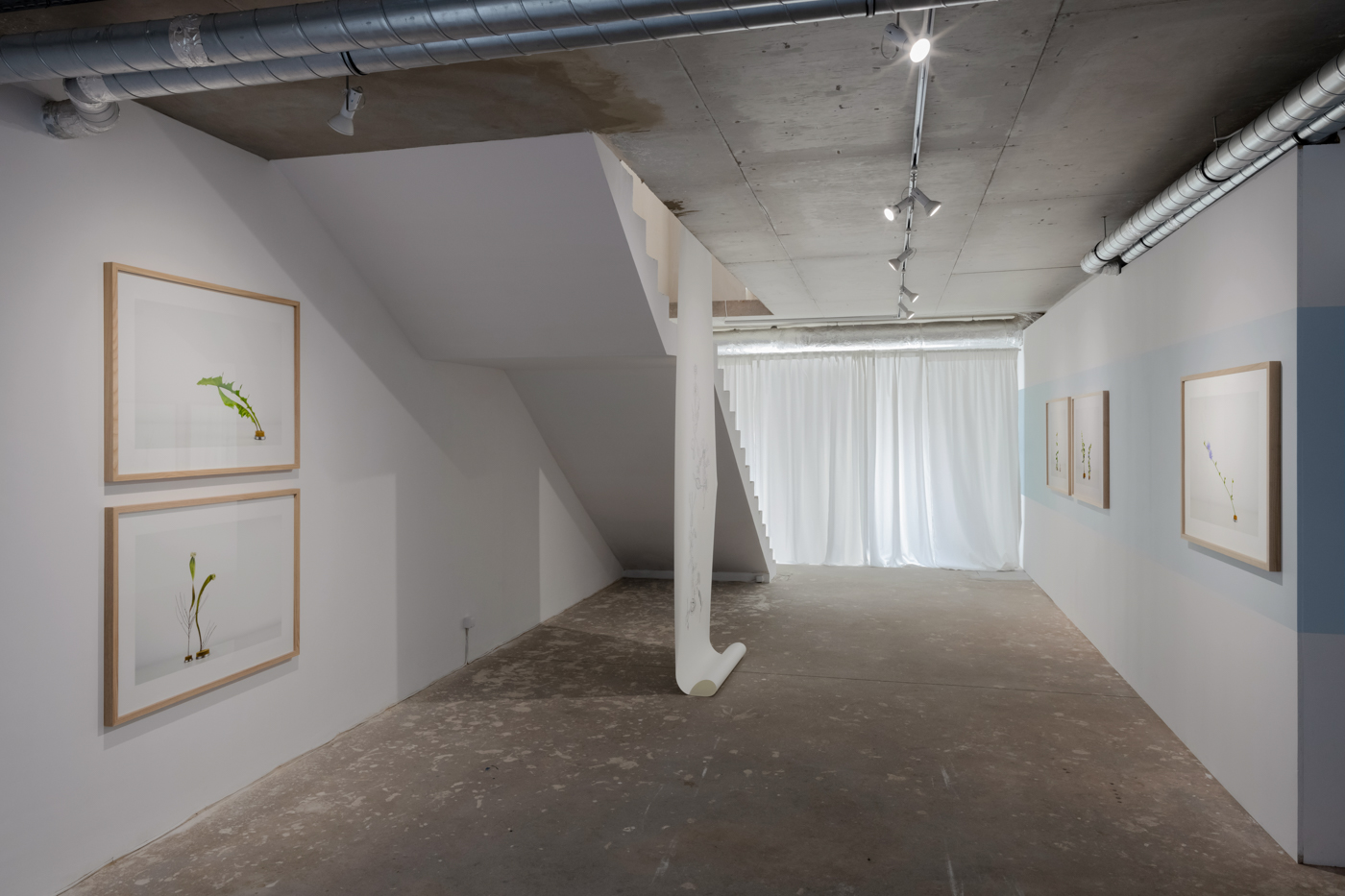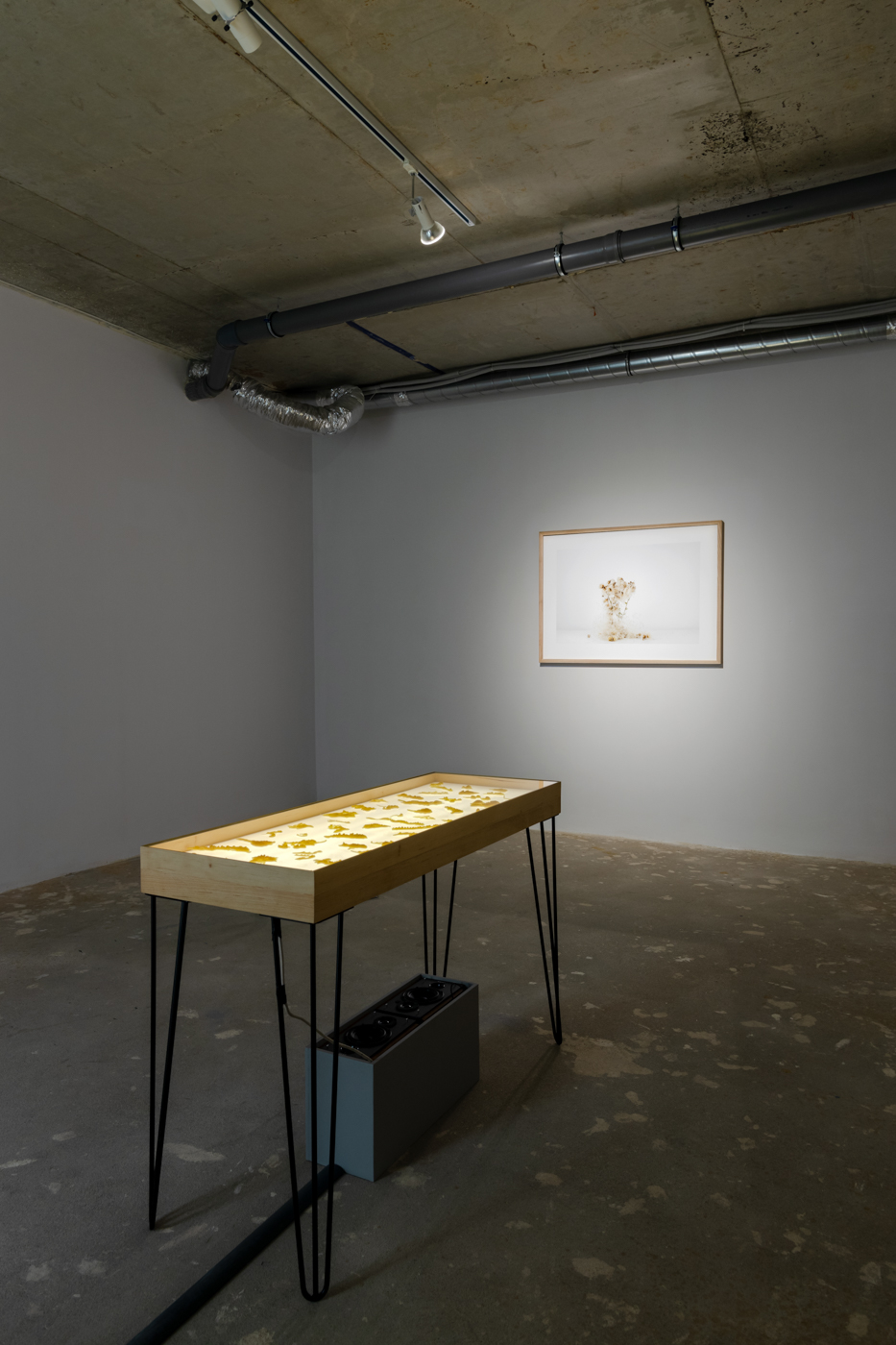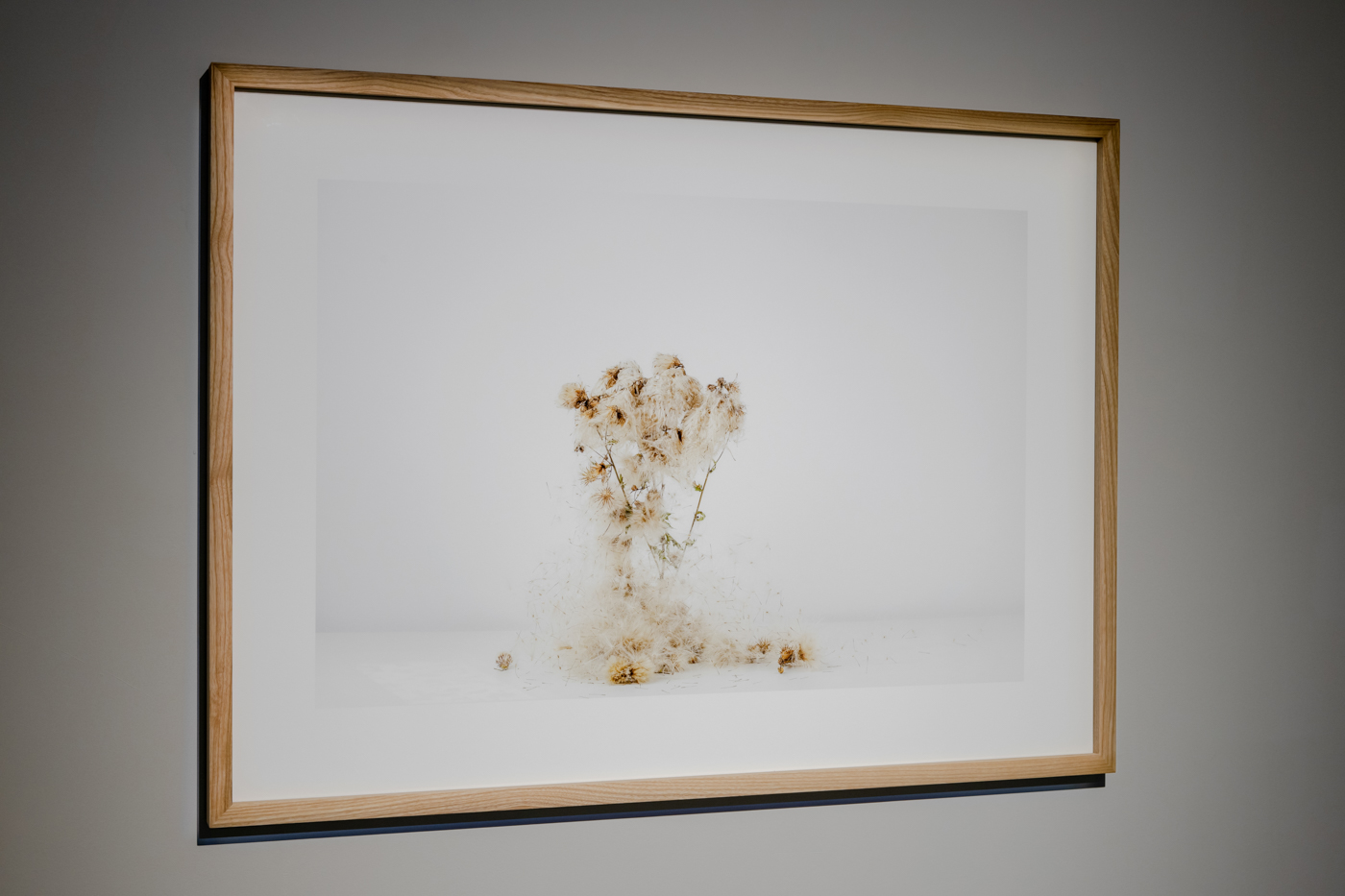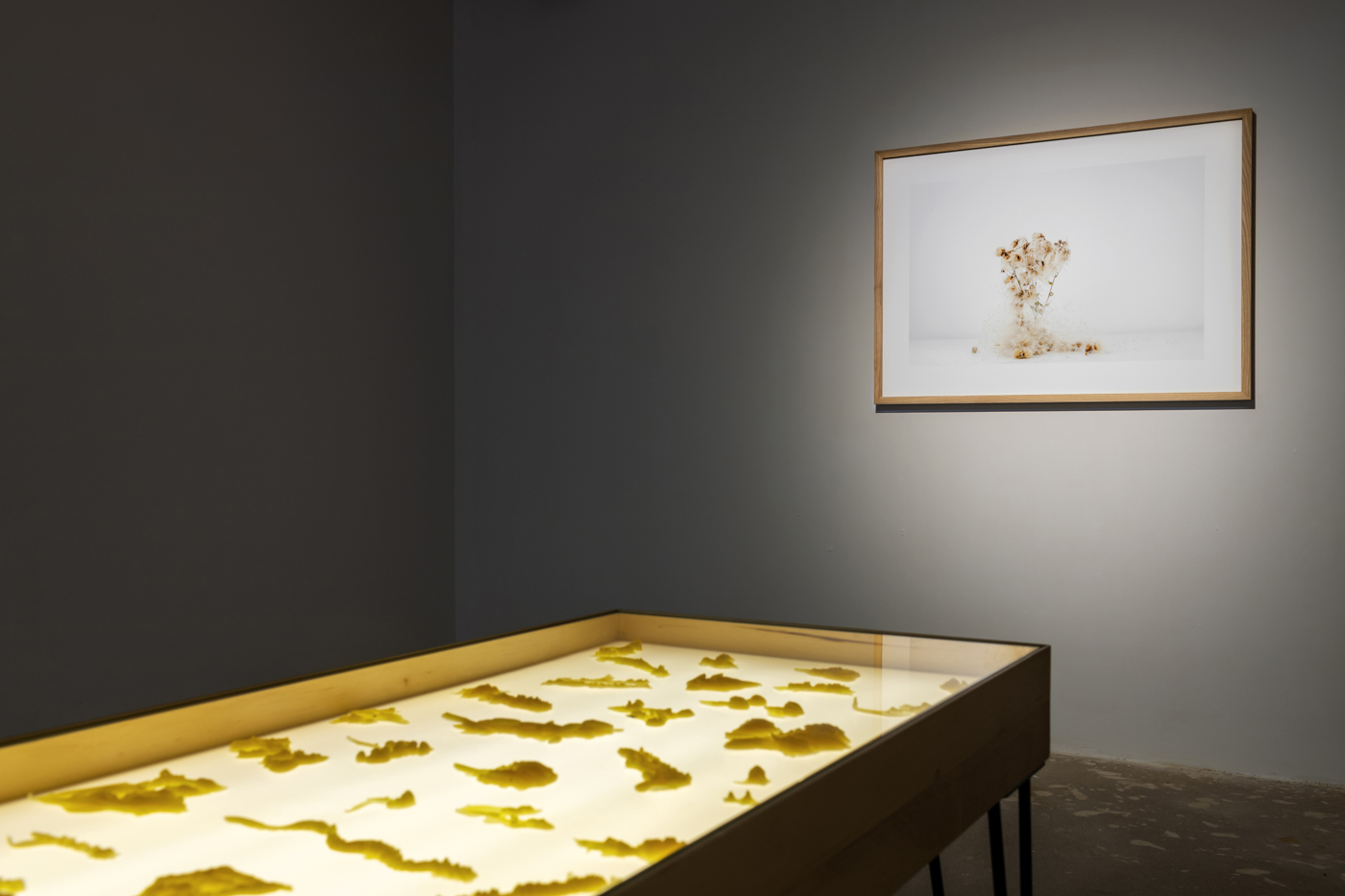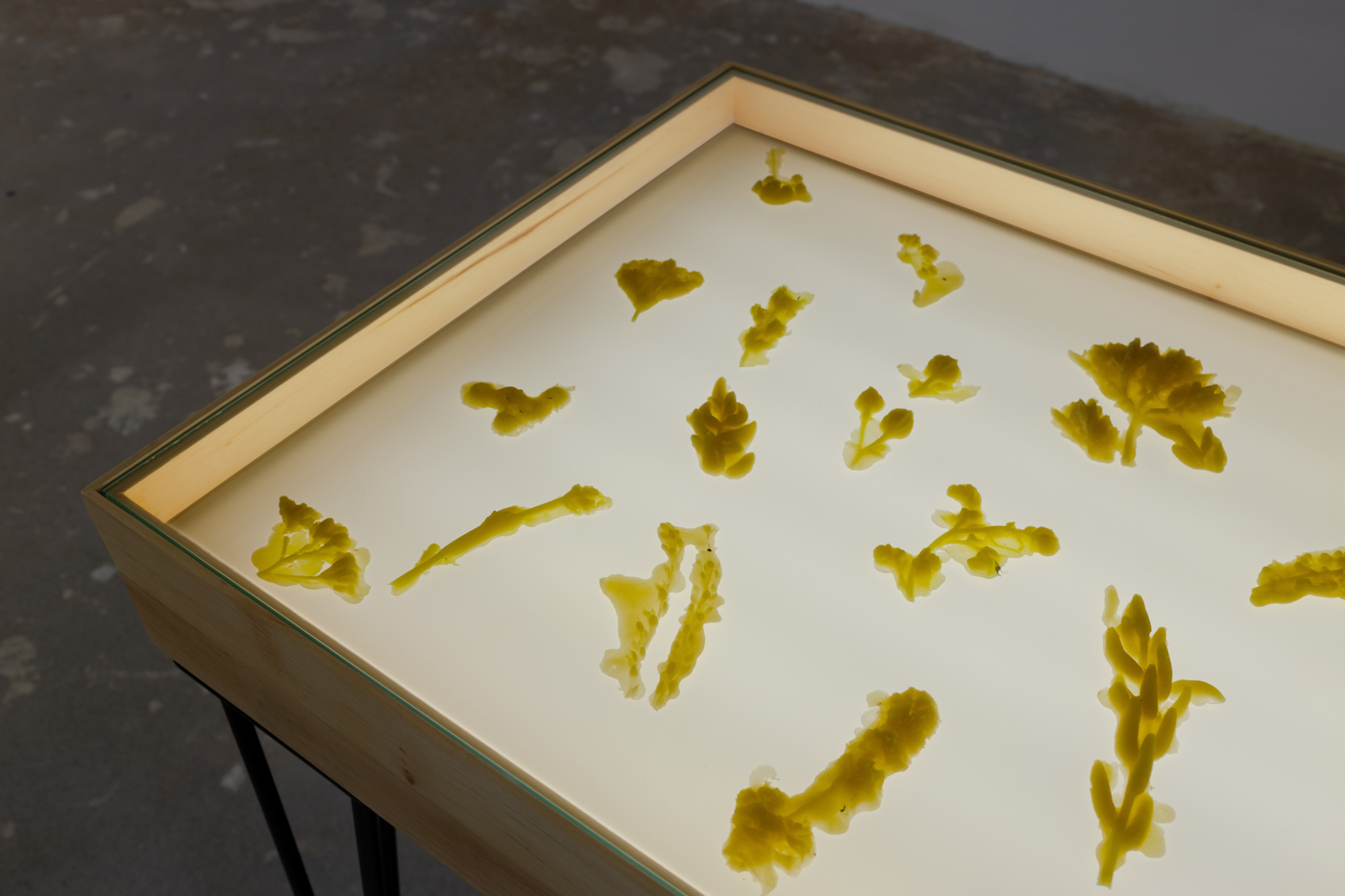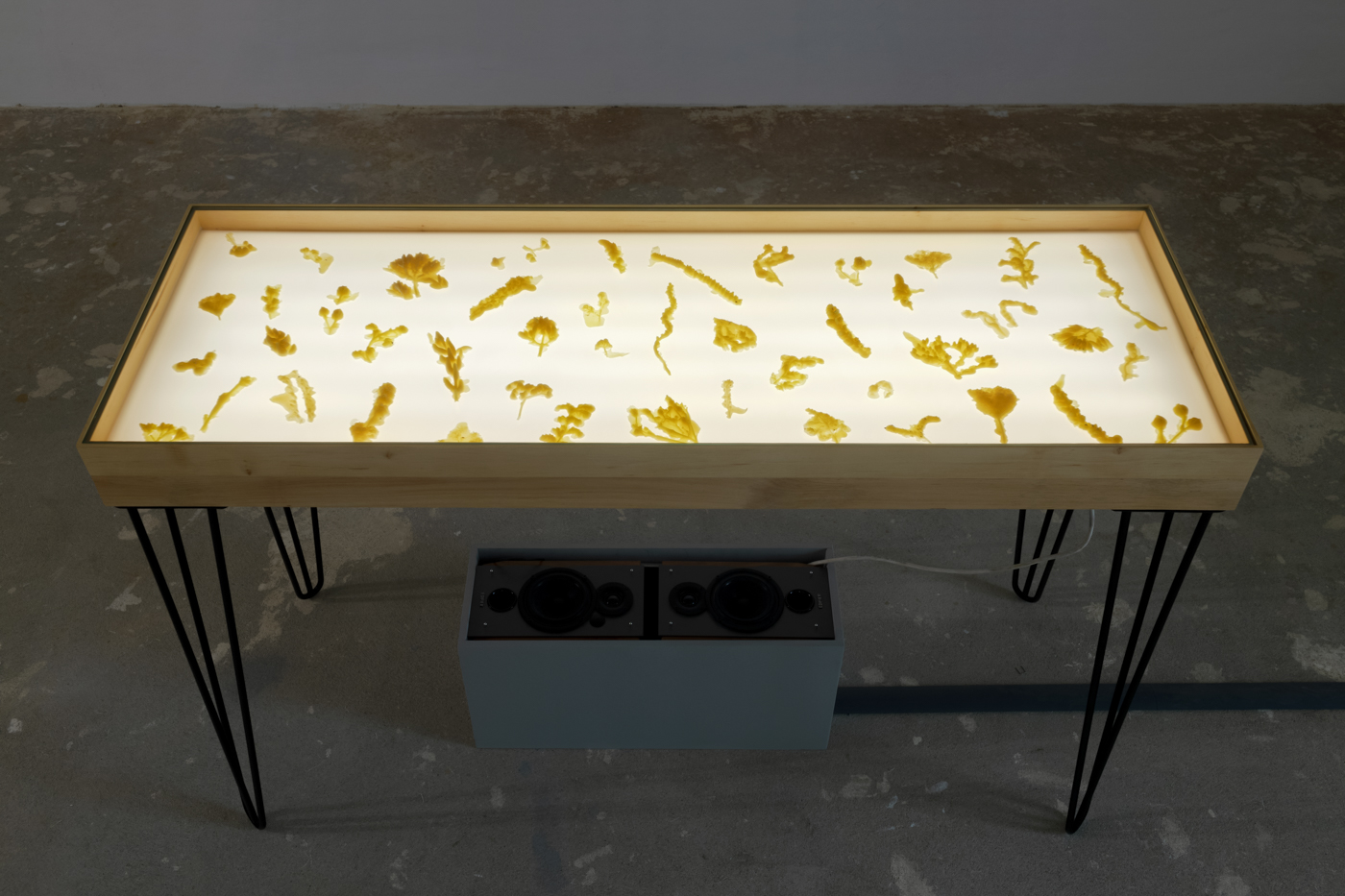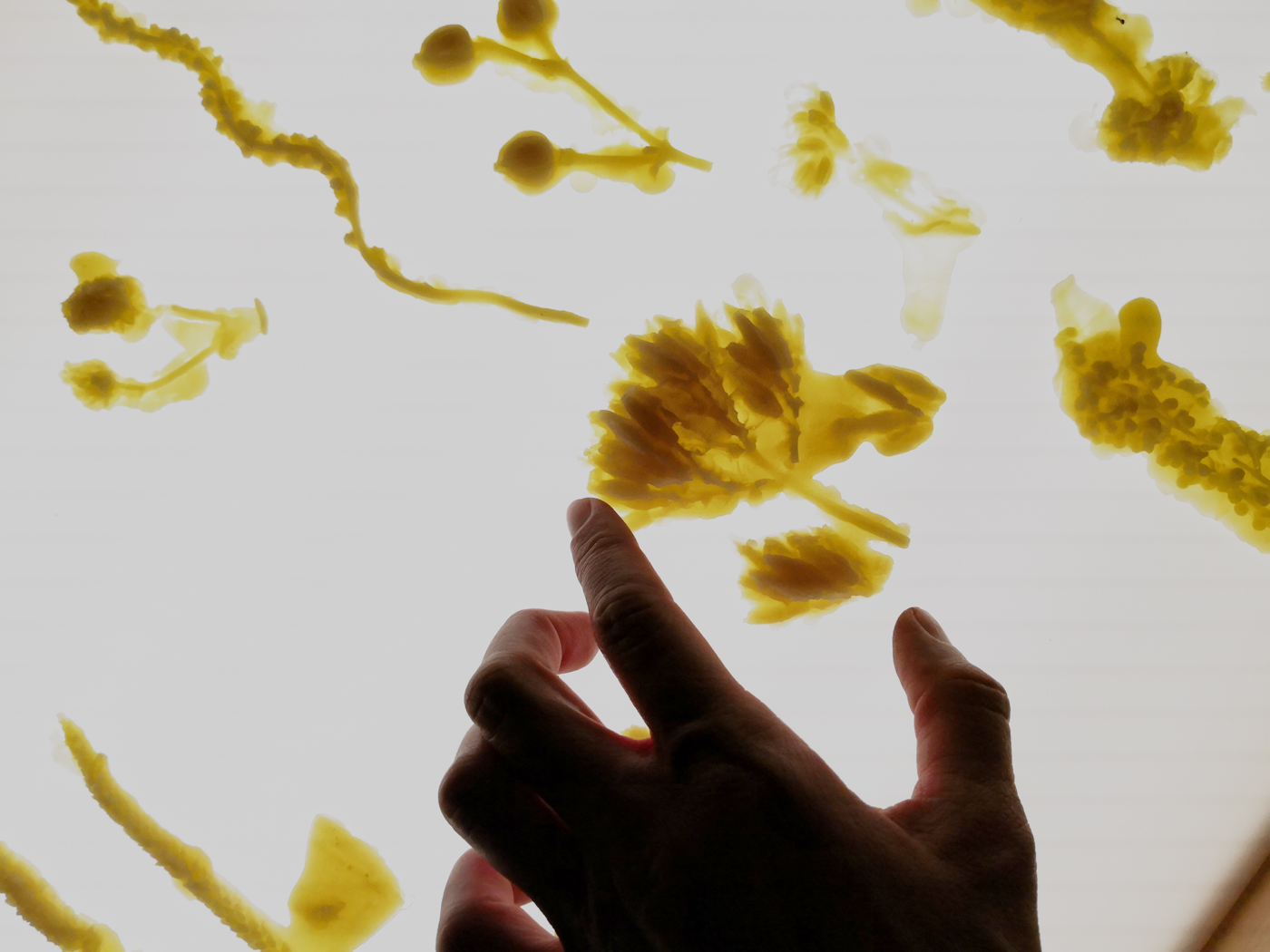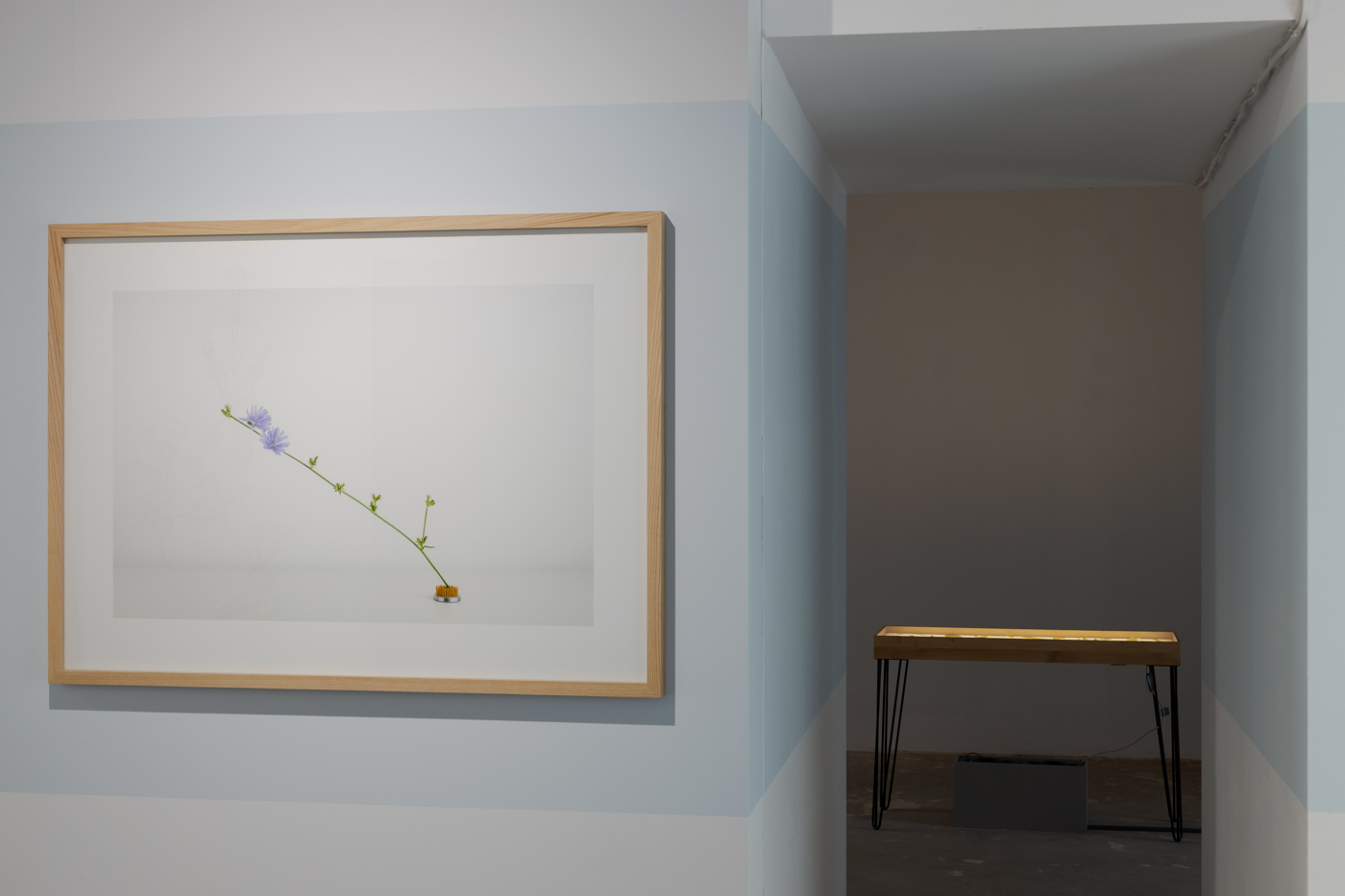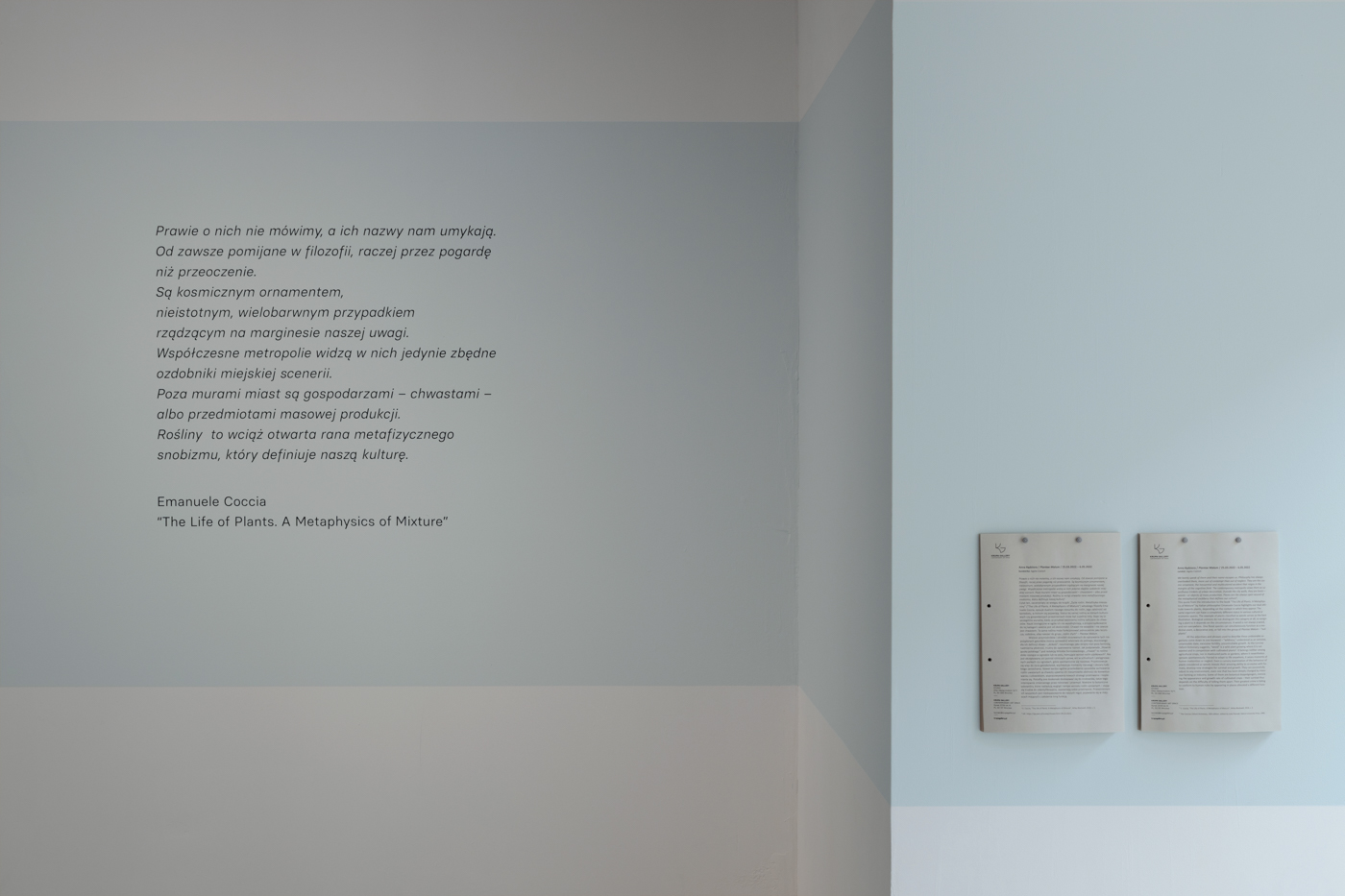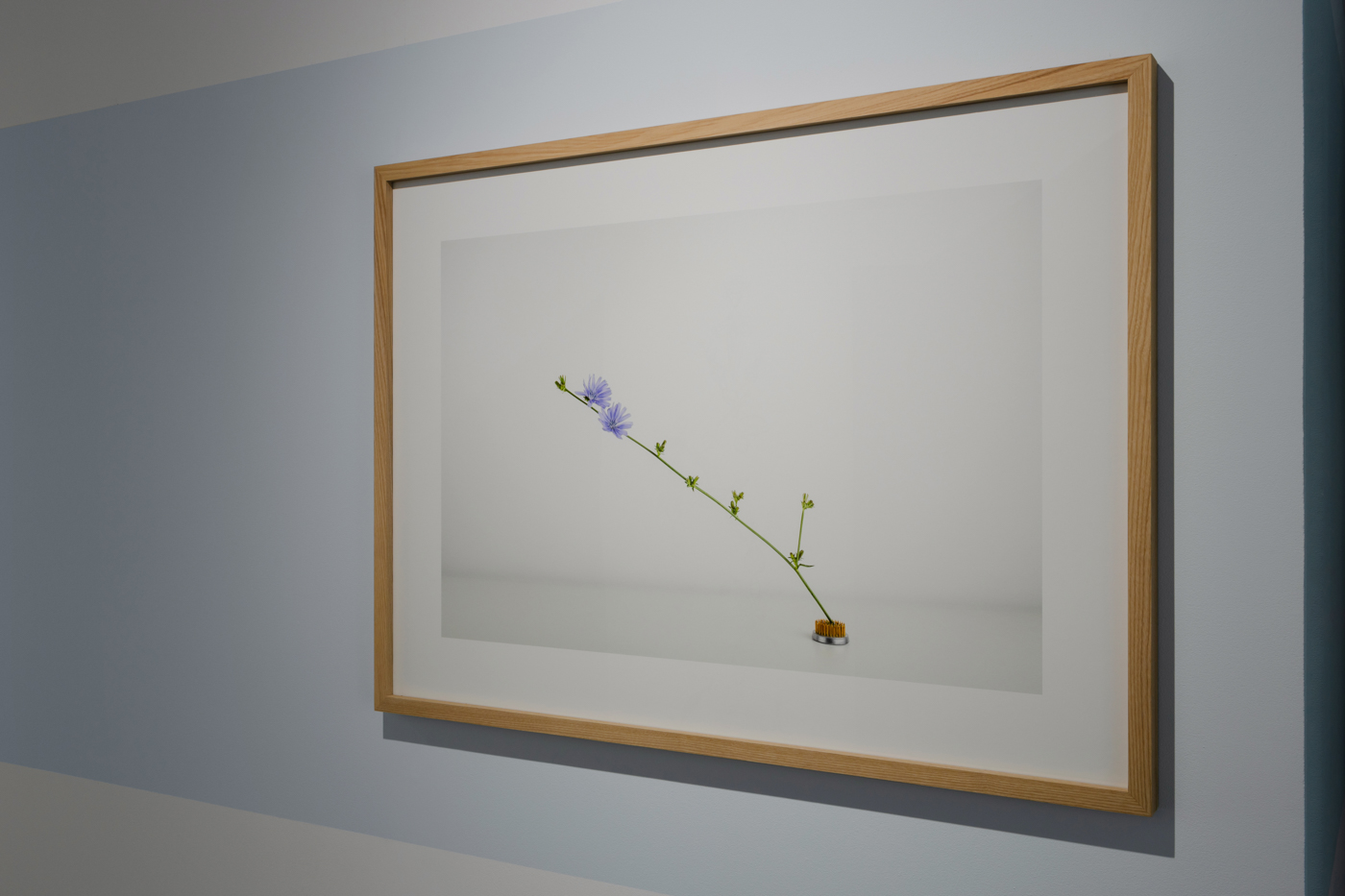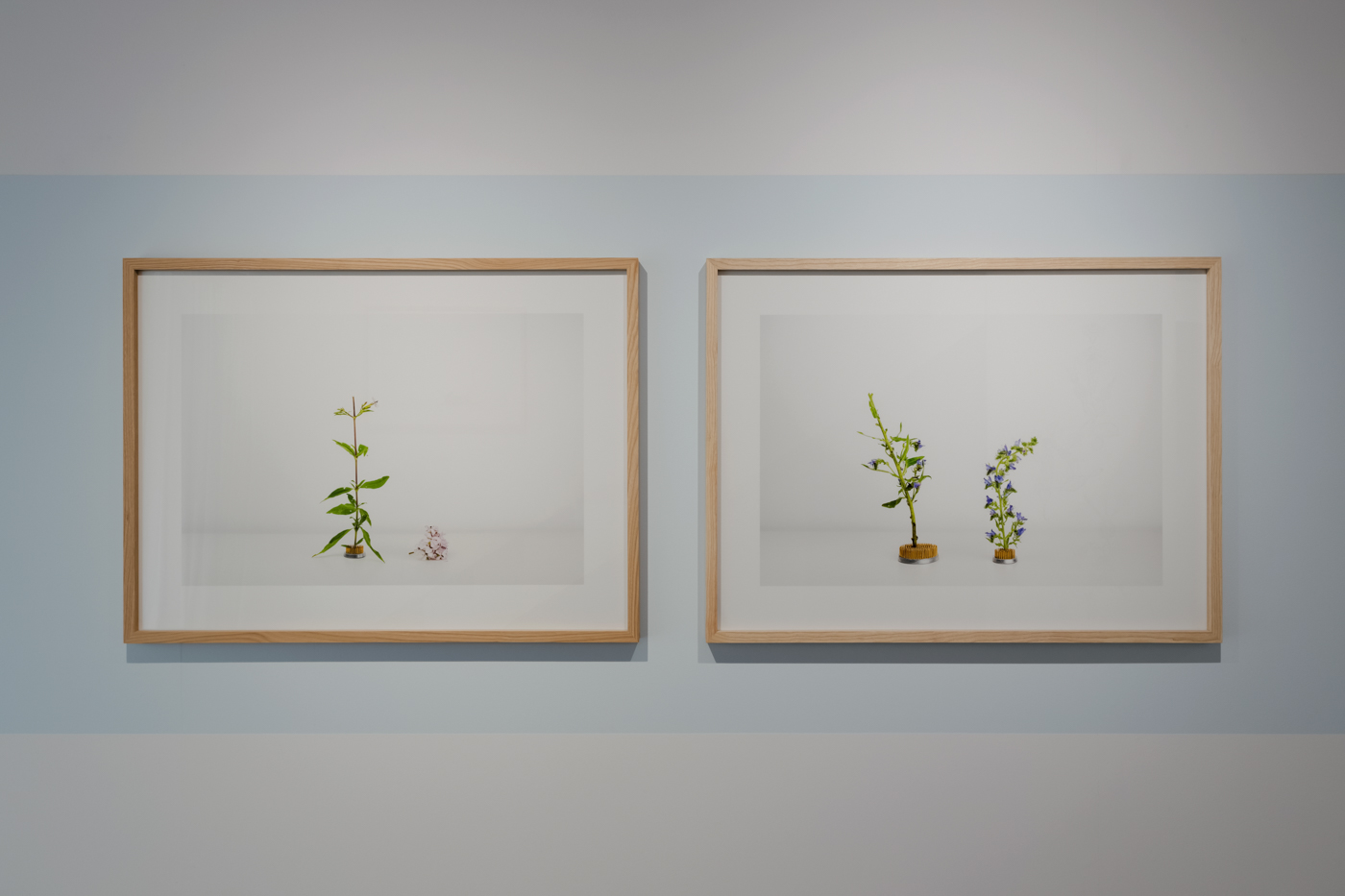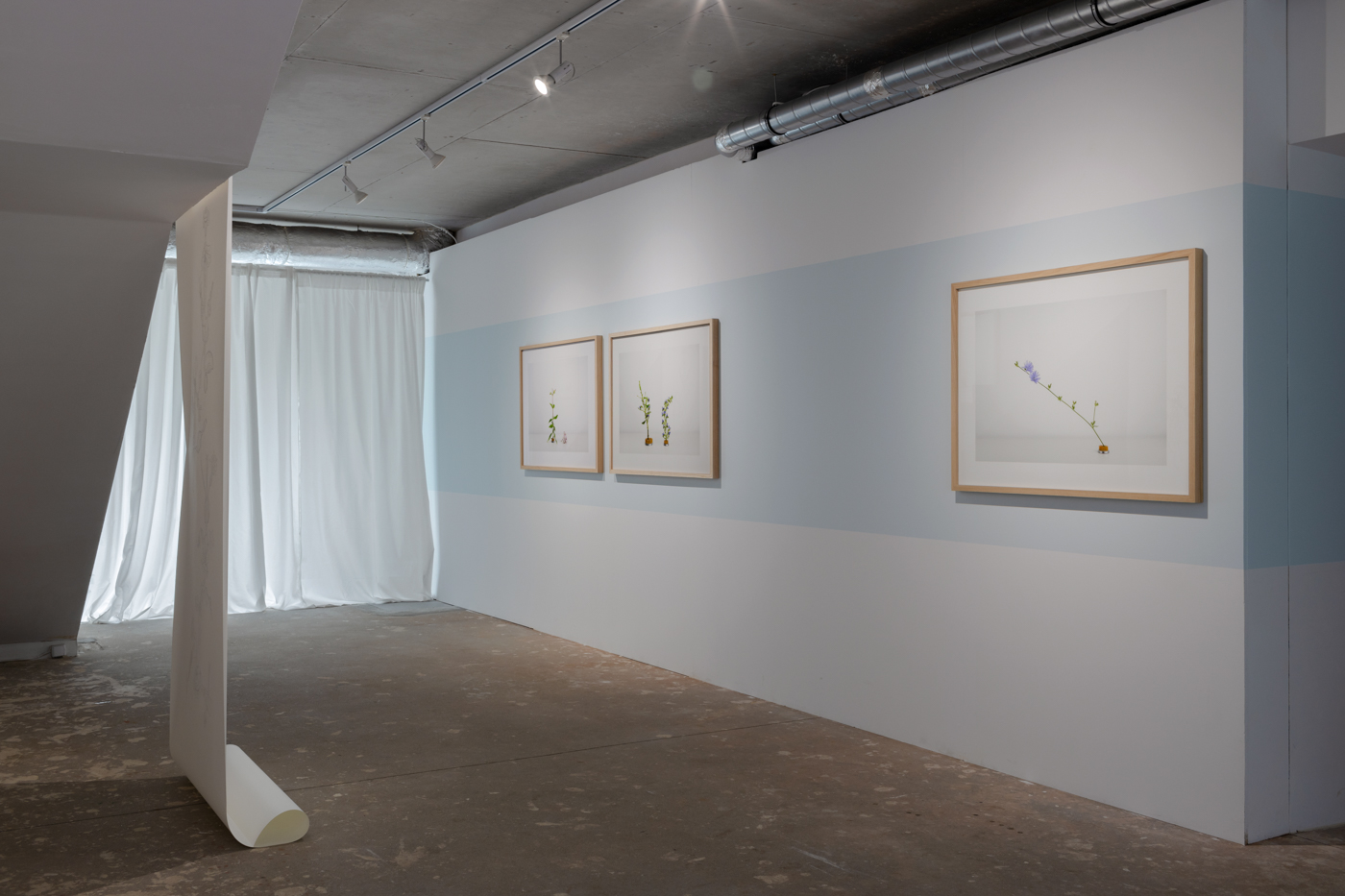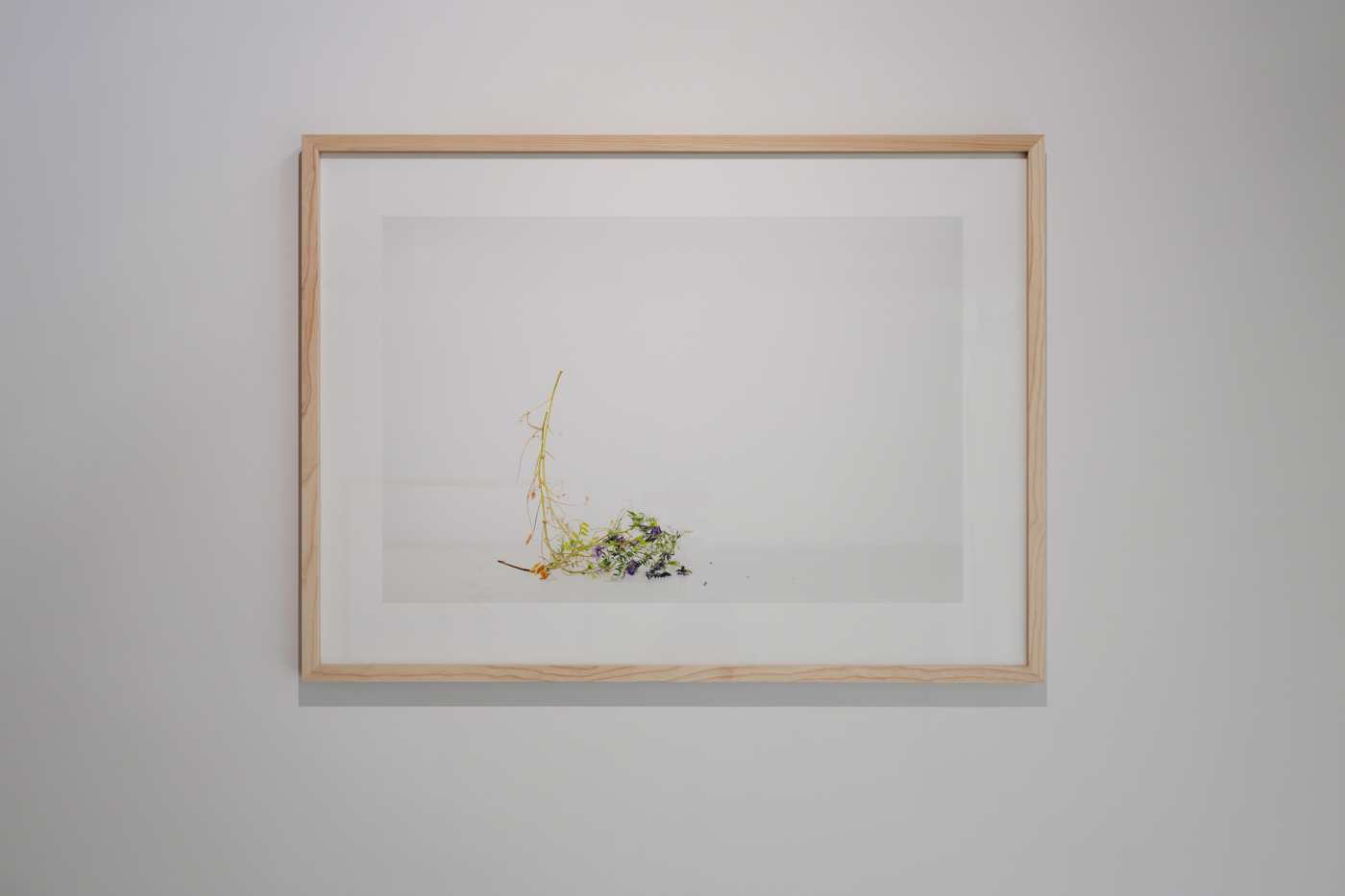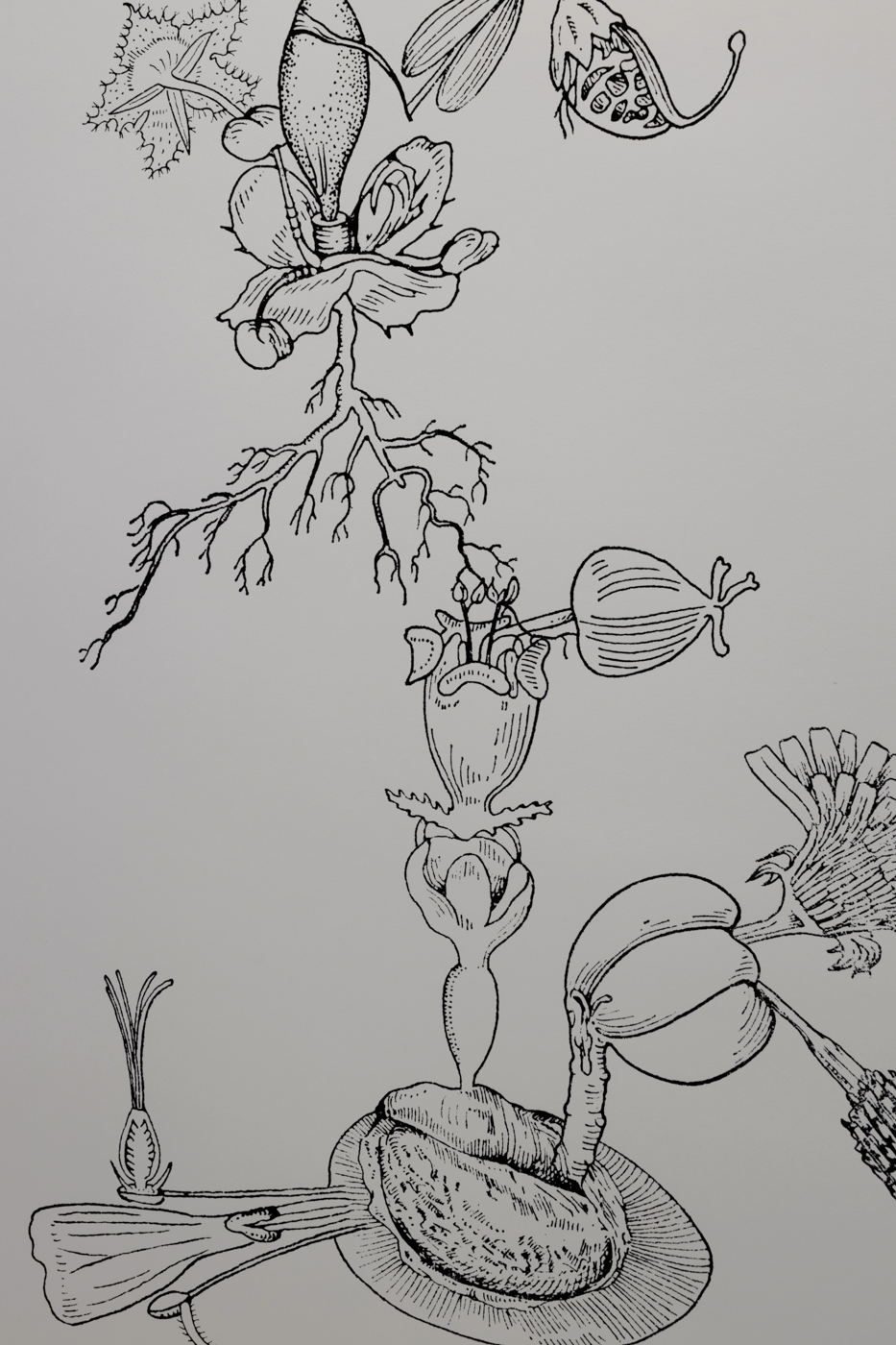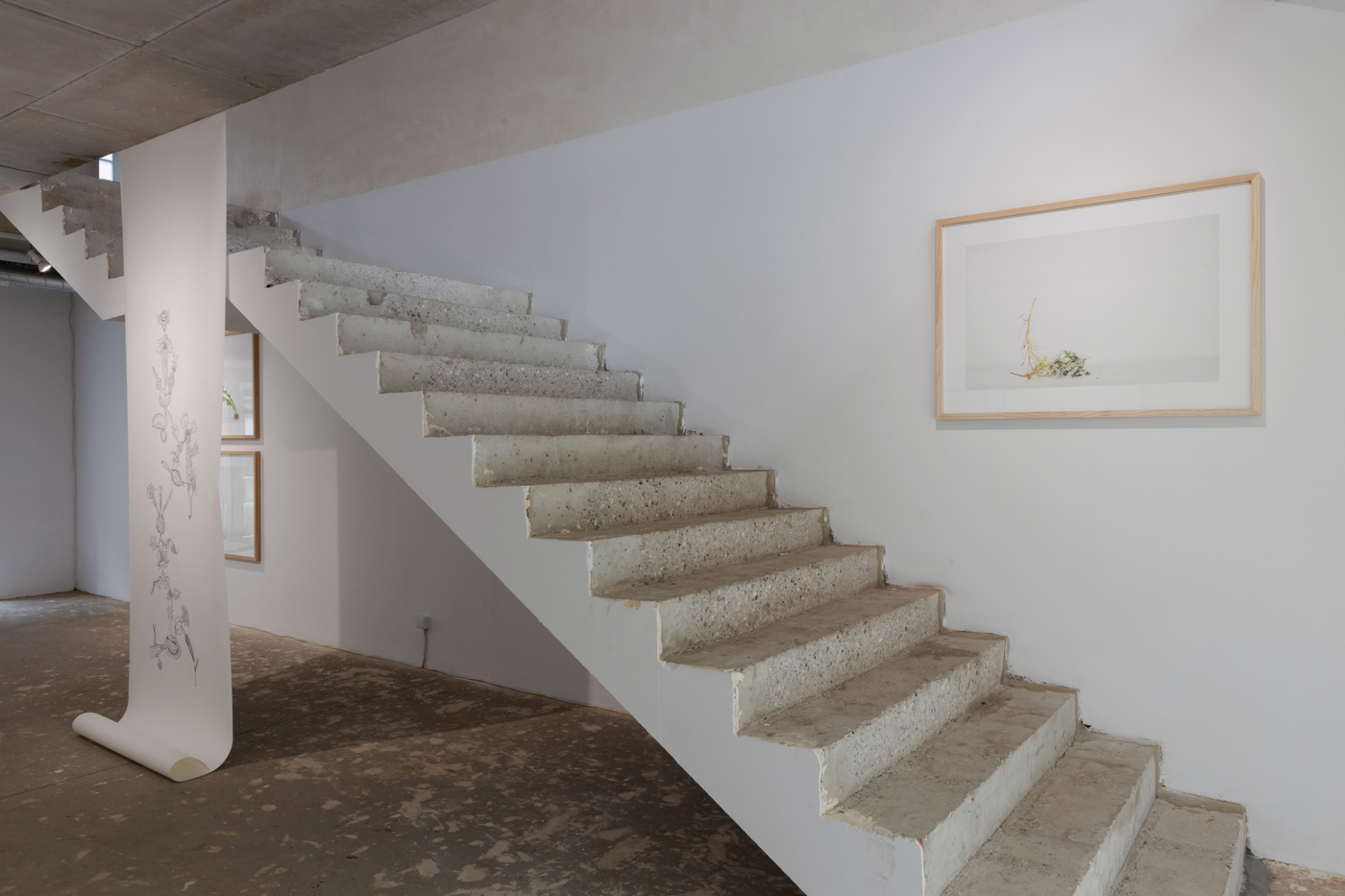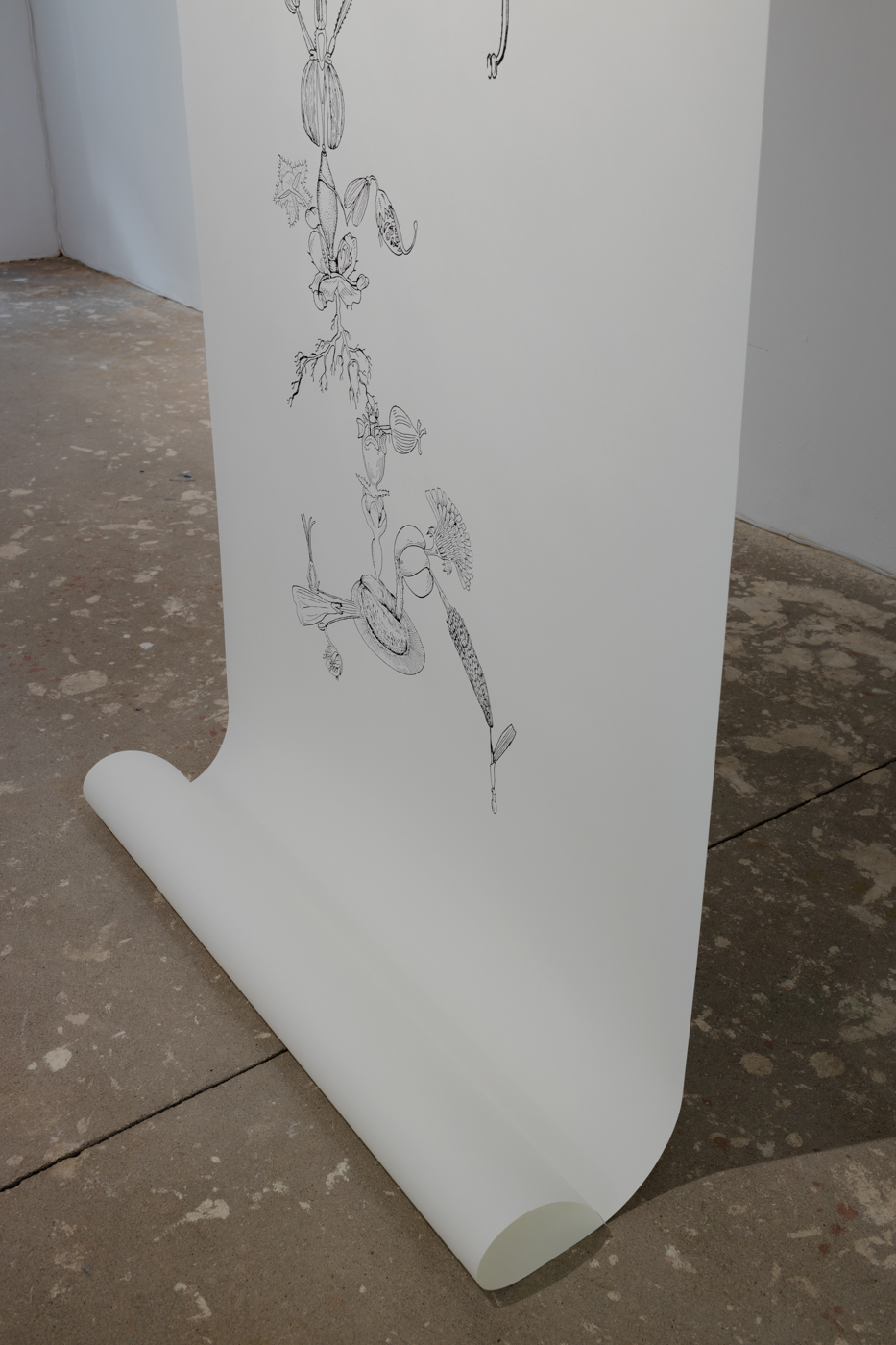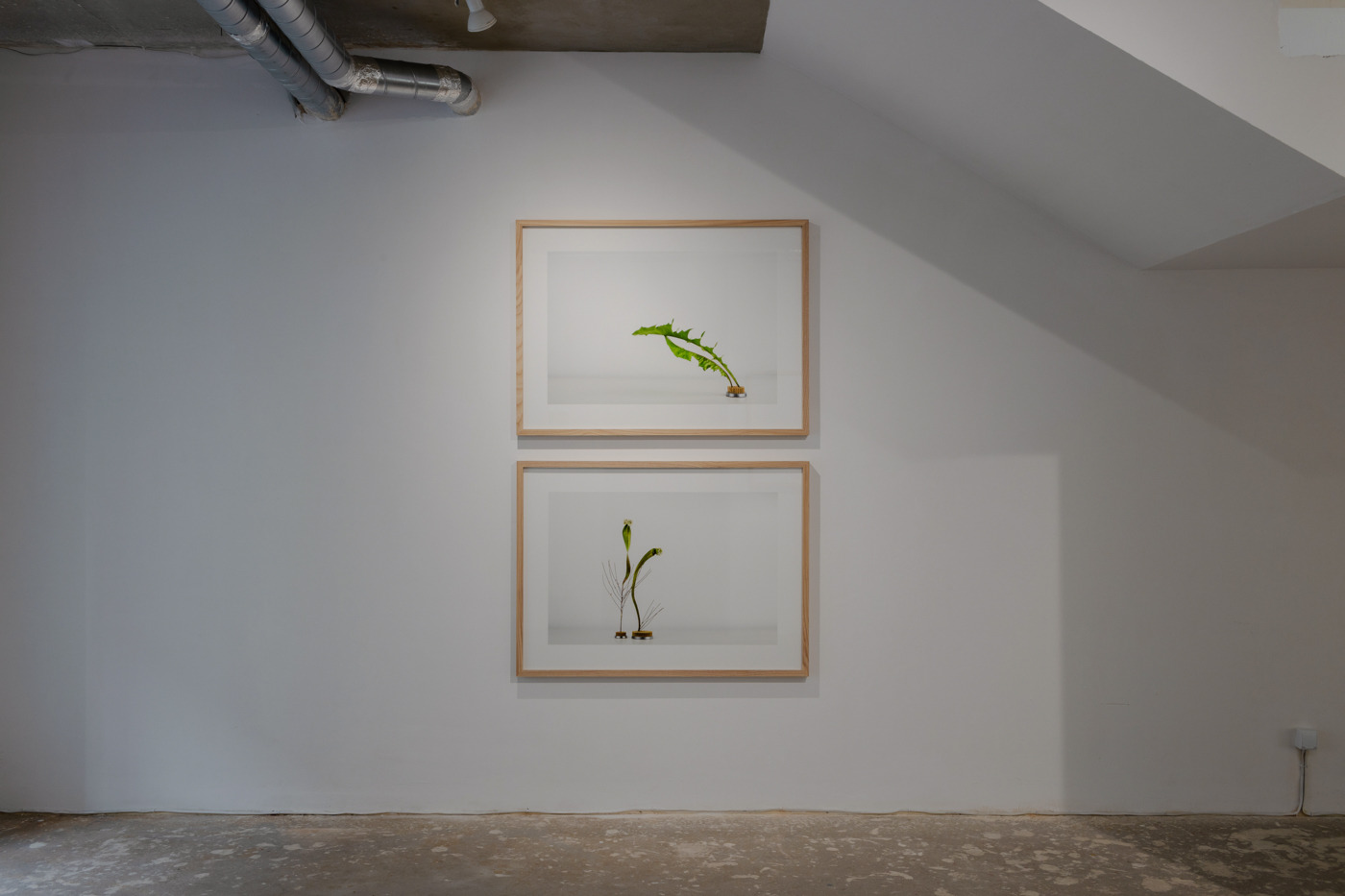Prawie o nich nie mówimy, a ich nazwy nam umykają. Od zawsze pomijane w filozofii, raczej przez pogardę niż przeoczenie. Są kosmicznym ornamentem, nieistotnym, wielobarwnym przypadkiem rządzącym na marginesie naszej uwagi. Współczesne metropolie widzą w nich jedynie zbędne ozdobniki miejskiej scenerii. Poza murami miast są gospodarzami – chwastami – albo przedmiotami masowej produkcji. Rośliny to wciąż otwarta rana metafizycznego snobizmu, który definiuje naszą kulturę[1].
Cytat ten, zaczerpnięty ze wstępu do książki „Życie roślin. Metafizyka mieszaniny” (“The Life of Plants. A Metaphysics of Mixture”) włoskiego filozofa Emanuele Coccia, opisuje dualizm naszego stosunku do roślin, jego zależność od kontekstu, w którym się pojawiają. Status tej samej rośliny w różnych kulturowych czy gospodarczych przestrzeniach może być zupełnie inny. Staje się to szczególnie wyraźne, kiedy za przykład weźmiemy rośliny zaliczane do chwastów. Nauki biologiczne w ogóle ich nie wyodrębniają, a przyporządkowanie do tej kategorii zależne jest od okoliczności. Chwast nie wszędzie i nie zawsze jest chwastem. Ta sama roślina może funkcjonować jednocześnie jako lecznicza, ozdobna, albo należeć do grupy „roślin złych” – Plantae Malum.
Wielość przymiotników i określeń stosowanych do opisywania tych niepożądanych gatunków można sprowadzić właściwie do jednego, kluczowego dla ich definicji słowa – „dzikość”, rozumianego jako skrajny stan poza kontrolą, nadmierna płodność, trudny do opanowania rozrost. Jak podpowiada „Słownik języka polskiego” pod redakcją Witolda Doroszewskiego, „chwast” to roślina dziko rosnąca w ogrodzie lub na polu, hamująca wzrost roślin użytkowych[2]. Nie jest akceptowany ani pośród rolniczych upraw, ani w schludnych i pielęgnowanych parkach czy ogrodach, gdzie spontanicznie się rozsiewa. Przystosowuje się więc do życia gdziekolwiek, wychwytuje momenty nieuwagi i obszary ludzkiego zaniechania. Nawet bardzo ogólne prześledzenie sposobów zachowania roślin uważanych za chwasty ujawnia ich niesamowite zdolności do koewoluowania z człowiekiem, wypracowywania nowych strategii przetrwania i rozpleniania się. Potrafią one doskonale dostosować się do środowiska, także tego intensywnie zmienianego przez rolnictwo i przemysł. Niektóre to botaniczne sobowtóry, które naśladują wygląd i tempo wzrostu roślin uprawnych – stając się trudne do zidentyfikowania, zapewniają sobie przetrwanie. Przewinieniem ich wszystkich jest niedopasowanie do naszych reguł, pojawianie się w miejscach mających z założenia inną funkcję.
Spojrzenie
Chwasty – Plantae Malum, w przeciwieństwie do roślin ozdobnych uprawianych w ogrodach, nie są przeznaczone do oglądania. Nie zasługują ani na przestrzeń, ani na spojrzenie. Odwracamy od nich wzrok, gdyż nie wydają się atrakcyjne, są niechciane i niewłaściwe. Anna Kędziora, w zastosowanym sposobie stylizacji i fotografowania tych roślin sprawia, że poświęcamy im uwagę. Nadaje im znaną z florystki formę przy wykorzystaniu kenzanu, pozwala wypełnić kadr, pozować przy pięknym oświetleniu, na tle, które wydobywa ich detale – barwę, różnorodność fakturę, kształt. Z bezwartościowych odpadów przemieniają się w portretowane z czułością istoty. Czy te artystyczne gesty wystarczą, żeby Plantae Malum stały się piękne (Plantae Pulchrum), a przez to i dobre?
Słowo
Język mówienia o chwastach wykorzystuje dualistyczne, stygmatyzujące określenia i metafory, odnoszące się do ich cech jako roślin niepożądanych, jak również do charakterystyki relacji z innymi roślinami i z ludźmi. Ułatwia on demonizowanie, pozwala na utrwalenie naszego sposobu myślenia pełnego stereotypów. Świadczy to dobitnie o ludzkim lęku przed utratą kontroli, celowym blokowaniu etycznej refleksji na ich temat. Wiedząc, jaką moc posiada język w kształtowaniu naszej świadomości, Anna Kędziora posługuje się nim bardzo przekornie. W prezentowanym nagraniu nie przywołuje ani utartych określeń, ani nazw rośli – uczestniczek wystawy, a jedynie ich fizyczne opisy zaczerpnięte z atlasu chwastów. Szczegółowość tychże ma w atlasie określoną funkcję: ułatwienie bezbłędnej identyfikacji i skuteczne usunięcie niechcianej rośliny. Jednak pominięcie nazw sprawia, że opisy te tworzą ogromny, splątany, dziki zbiór nieprzyporządkowanych do niczego słów. Zwłaszcza że ani zdjęcia, ani woskowe odciski nie są podpisane. Czy wobec tego wiemy, z czym właściwie mamy do czynienia? Pozbawieni wskazówki w postaci nazwy jesteśmy zagubieni, zdani na własną intuicję. Odczytywane słowa szybko ulatują, sporo wśród nich zdrobnień: „listków”, „główek”, „łodyżek”, kobiecy głos sprawia, że wydają się poetyckie. Czy tak należy mówić o chwastach?
Dzikość
Anna Kędziora nie buduje z roślin uczestniczących w wystawie zwartej, uporządkowanej kolekcji. Stworzony przez nią zbiór odcisków z wosku pszczelego jest niesystematyczny i chaotyczny. Pojawiają się w nim tylko części roślin, czasami brakuje detali. Musimy odwołać się do własnej pamięci, skojarzeń, aby nie tyle rozpoznać roślinę, ile przywołać jej obraz na dzikiej łące. Najbardziej nieokiełznane są graficzne hybrydy, powstałe na podstawie botanicznych rysunków chwastów. W świecie kolonialnym hybrydy roślinne miały specjalny status. Wiele z nich miało znaczącą wartość ekonomiczną, stanowiły też dowód na skuteczność innowacyjnych metod hodowli. Nikt raczej nie tworzył hybryd szkodliwych dla upraw. Dlatego gest Anny Kędziory postrzegam jako wyswobodzenie. Plantae Malum uciekły – z atlasu roślin, od brzydoty i zapomnienia, wyrwały się z jarzma językowych kalek i definicji. Czy staną się chociaż odrobinę bardziej zauważane, chciane albo czy pozwoli się im być (sobą)? Nawet jeśli nie, to pozostaje jeszcze jedno pytanie: czy na skutek degradacji środowiska rośliny, które dziś uważane są za chwasty, będą kiedyś pielęgnowane jako zagrożone?
[1] E. Coccia, “The Life of Plants. A Metaphysics of Mixture”, Wiley-Blackwell, 2018, s. 3.
[2] SJP, https://sjp.pwn.pl/szukaj/chwast.html (29.10.2021).
Anna Kędziora — artystka wizualna, adiunkta na Wydziale Fotografii na Uniwersytecie Artystycznym im. Magdaleny Abakanowicz w Poznaniu. Absolwentka Uniwersytetu im. Adama Mickiewicza oraz Uniwersytetu Artystycznego w Poznaniu. Kuratorka wystaw prezentowanych na festiwalach fotografii w Polsce i za granicą. Współorganizatorka międzynarodowego konkursu Poznań Photo Diploma Award. Głównym medium, od którego wychodzi w praktyce artystycznej, jest fotografia i myślenie fotograficzne, do swoich działań włącza także wideo, obiekty, ceramikę. Wystawa „Plantae Malum” jest wynikiem wieloletnich zainteresowań artystki krajobrazem jako dynamicznym procesem w sieci skomplikowanych kontekstów –kulturowych, historycznych, politycznych i ekonomicznych. Prace były premierowo prezentowane w Galerii Fotografii PF w Poznaniu na przełomie roku 2021/2022.



